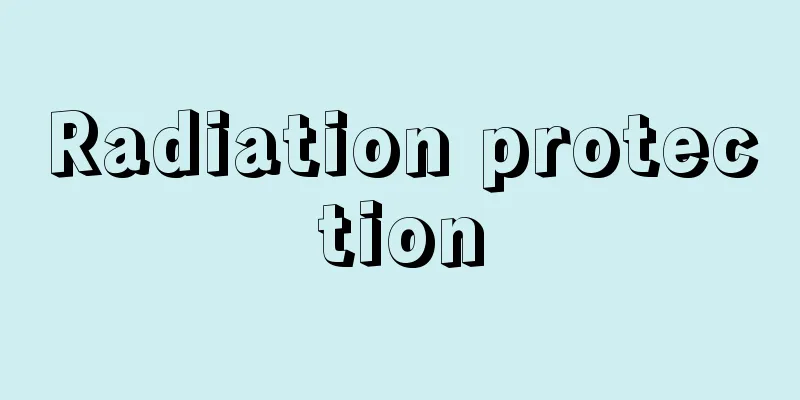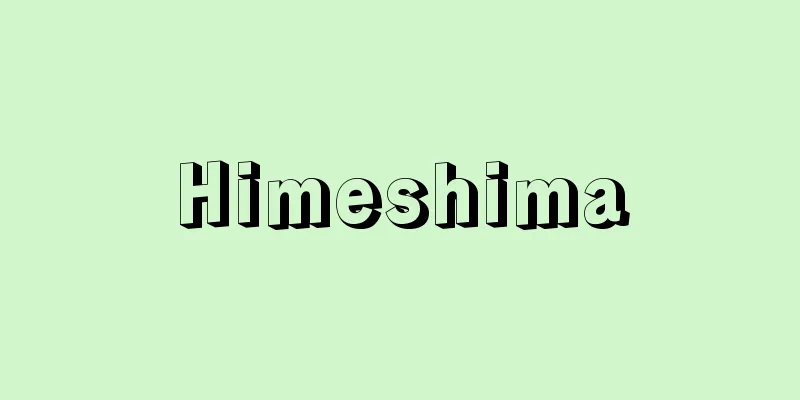Radiation protection

|
The purpose of radiation protection is to protect humans and the environment from radiation exposure or contamination by radioactive materials, and to prevent the occurrence of radiation damage. The International Commission on Radiological Protection is the international leader in radiation protection. It classifies radiation damage into stochastic effects (radiation-induced cancer and mutations) and non-stochastic effects (radiation-induced dermatitis and cataracts). It states that the objective of radiation protection is to prevent non-stochastic harmful effects and to limit stochastic effects to levels that are considered to be acceptable. To achieve this objective, it recommends dose limits or a system of dose limitations, which are limits on radiation exposure. From a technical standpoint, the most fundamental principle of radiation protection is to confine the radiation source in as small a space as possible, to limit the amount of radiation or radioactive material extracted when using it, and to adequately control the radiation that is emitted. The key points for protection against external radiation are to maintain a distance from the radiation source, to shorten the exposure time, and to provide appropriate shielding. The basic approach to protecting against internal contamination is to remove environmental contamination such as soil contamination, and further precautions such as not consuming food or drinking water that contains radioactive substances are also necessary. For radiation protection, radiation safety facilities, equipment, and devices in the work environment must be prepared in advance, and it is important to carry out appropriate radiation management. The basic principles of radiation protection remain unchanged in the case of a major crisis such as the Fukushima Daiichi nuclear accident, but radiation contamination can spread over a wide area, and there is a high possibility of unforeseen incidents such as hotspots and the presence of rubble, so particular care must be taken. →Radiation shielding→Related topics Radiation | Radiation damage | Radiation dose Source : Heibonsha Encyclopedia About MyPedia Information |
|
人間および環境を,放射線被曝あるいは放射性物質による汚染から防護し,放射線障害の発生するのを防止すること。国際放射線防護委員会は放射線防護において国際的に指導的立場にある。そこでは,放射線障害を確率的影響(放射線誘発癌や突然変異)と非確率的影響(放射線誘発皮膚炎や白内障)とに分類する。そして,〈放射線防護の目的は非確率的な有害な影響を防止し,また確率的影響を容認できると思われるレベルにまで制限すること〉としている。この目的達成のため放射線被曝の限度である線量限度あるいは線量制限体系を勧告している。技術面から見れば,放射線防護の最も原則的なことは,放射線源をできるだけ狭い空間に閉じ込め,利用にあたっては取り出す放射線や放射性物質を必要最小限にとどめ,出てくる放射線を十分に管理することである。体外放射線に対する防護では,線源から距離をとること,被曝時間を短くすること,適切な遮蔽(しゃへい)を行うことが要点である。体内汚染に対する防護には,土壌汚染など環境の汚染の除去が基本で,さらに放射性物質を含む飲み水や食物の飲食の禁止などの注意が必要となる。放射線防護のためには,作業環境の放射線安全施設,設備,装置などを事前に十分備えなければならず,適切な放射線管理を行うことが重要である。福島第一原発事故などの重大な危機の場合にも,放射線防護の基本は変わらないが,放射線による汚染が広域にわたり,ホットスポットなど汚染度合いが極端に高い場所や瓦礫が存在するなど不測の事態が起こる可能性が高く,とくに厳重に注意しなければならない。→放射線遮蔽 →関連項目放射線|放射線障害|放射線量 出典 株式会社平凡社百科事典マイペディアについて 情報 |
<<: Radiation sterilization - hoshasenmekin (English spelling) radiation sterilization
Recommend
Azov (English spelling)
A city in the Rostov Oblast in southwestern Russia...
Bacchus
…He was the god of fertility and wine, and his wo...
"Five Women Surrounding Him" - The five women surrounding him
...After the talkies, he made few films, and afte...
News - News (in English)
Daily events that occur in society, and the news ...
Arecibo Ionospheric Observatory
...The National Radio Astronomy Observatory in Gr...
NCC - National Christian Council of Japan
The National Council of Christians in Japan. A lia...
Automatic control
Control is the act of manipulating the state or b...
Market equilibrium
The basic idea of market equilibrium is that the...
Roller, A. (English spelling) RollerA
…He served as conductor at opera houses in Kassel...
Krylov, Ivan Andreevich
Born: February 13, 1769, Moscow Died November 21, ...
Order - Gechijo
A form of ancient document. It is a style of docu...
Muqarra
…Christianity was introduced in the 6th century, ...
Qansuh (English spelling)
The Arab Republic of Yemen (Arabic: Yaman) is a s...
Cebu [island] - Cebu
A long, narrow island stretching from north to sou...
Ethyl vanillin
...(3)Other methods use eugenol or safrole as raw...









